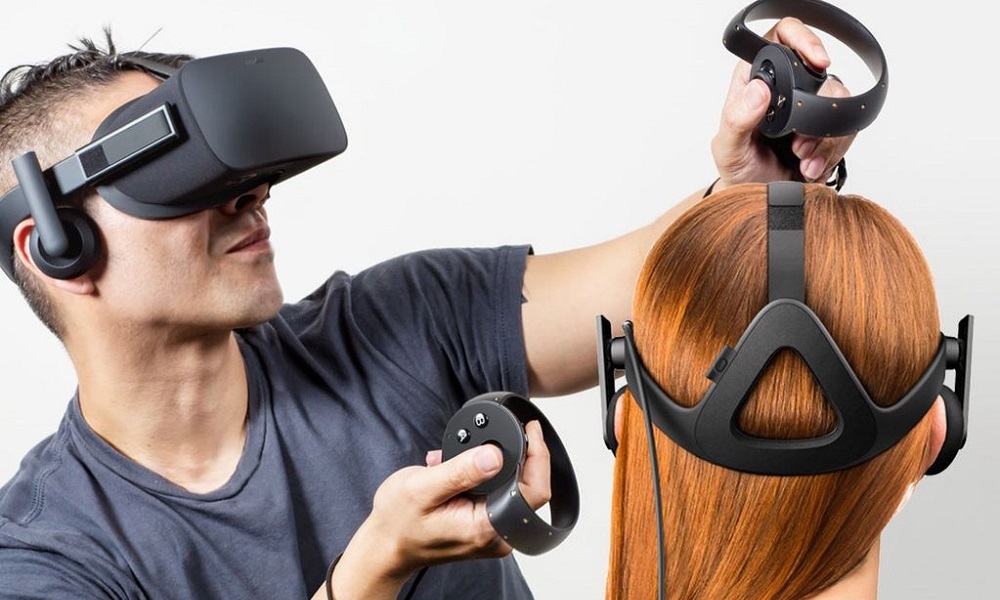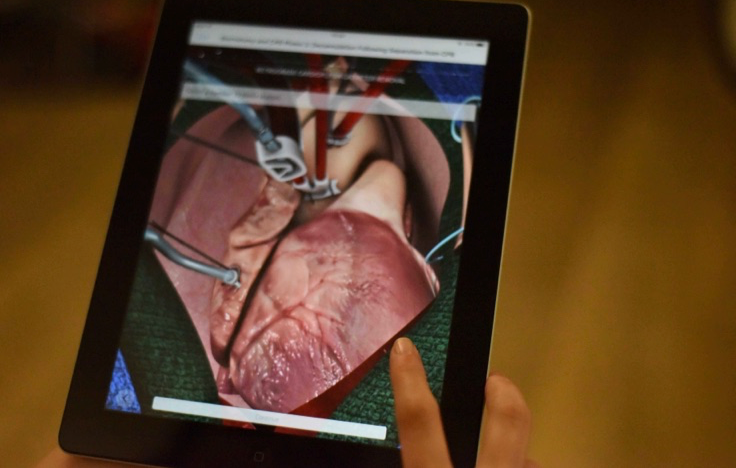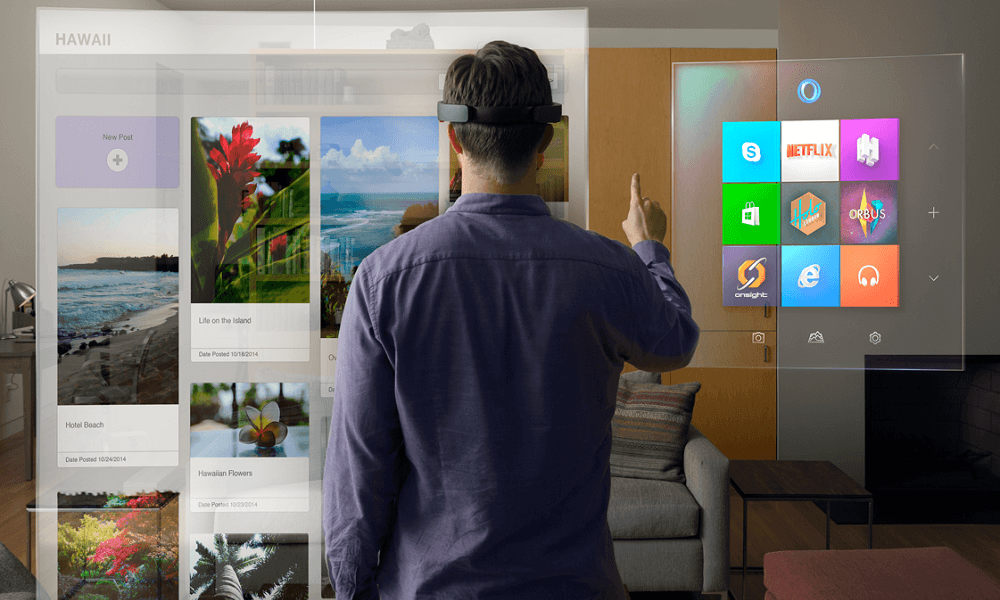The field of augmented and virtual reality is awaiting significant development. Companies will invest twice as much in these technologies every year in the coming years. Global spending on augmented and virtual reality products is forecast to grow from $11,4 billion in 2017 to $215 billion in 2021, according to experts.
This was reported by the Worldwide Semiannual Augmented and Virtual Reality Spending Guide study. Virtual reality as a simulated environment has its place, for example, in the field of medicine or aviation and military training. It has also gained fans in the field of entertainment, be it sports or various games, where a person finds himself in a completely different world after putting on special glasses.
Augmented reality, on the other hand, combines real surroundings with computer-generated elements. These technologies find application where work in a real environment is not possible. Either because such an environment does not exist yet, or it is too dangerous in reality. In the case of an investment of tens or hundreds of millions, it is better to verify the functioning of the project in advance using virtual reality. It will save money. Glasses for augmented reality are already becoming a common work tool today.
Individual states are literally racing each other in sales of products based on augmented and virtual reality. At the same time, the development is quite interesting - in 2017, the USA will still lead, followed by the Asia and Pacific region. However, Asia and the Pacific should overtake America by 2019. However, the United States will return to the throne, probably after 2020, the study predicts. In Central and Eastern Europe, growth will slightly exceed 133 percent, according to the study.
In 2017, consumers will have the biggest say, and they will drive further growth. While manufacturing also plays a significant role in Western Europe and the US, trade and education are other strong segments in Asia Pacific.
“The first to come and start using augmented and virtual reality will be consumers, commerce and individual areas of production. However, later on, the potential of these technologies will also be used by other segments, such as state administration, transport or education," says Marcus Torchia, director of research at IDC. With such a perspective, there is room for companies to add products and services based on virtual and augmented reality to their portfolio.
"Virtual reality business in the Czech Republic is not yet at the same level as, for example, in the USA, but companies operating in the Czech Republic are already beginning to realize the potential of its use. Several important projects have already been created. In a few years, for example, major architectural, medical or industrial projects will be unthinkable without virtual or augmented reality. In virtual reality withe reflects the extreme potential for companies, brands and society as a whole, “ says Gabriela Teissing from Rebel&Glory, a Czech company focusing on new technologies and their use.
More will be spent on virtual reality than augmented reality, the study predicts. Whether it is software or other products and services. This dominance in 2017 and 2018 will be primarily driven by consumer preference for games and paid content. At the same time, it is important to capture the trend, which will also be helped by the expected new generation hardware.
“Once this third-generation hardware emerges, the industry will be the first to adopt it. It will use cutting-edge software and services to significantly increase productivity and security, enticing customers with fantastic service and tailor-made experiences.” says Tom Mainelli, vice president of IDC, which deals with augmented and virtual reality.



It's a treat to squint at it for an hour and then try to focus somewhere more than two meters away.